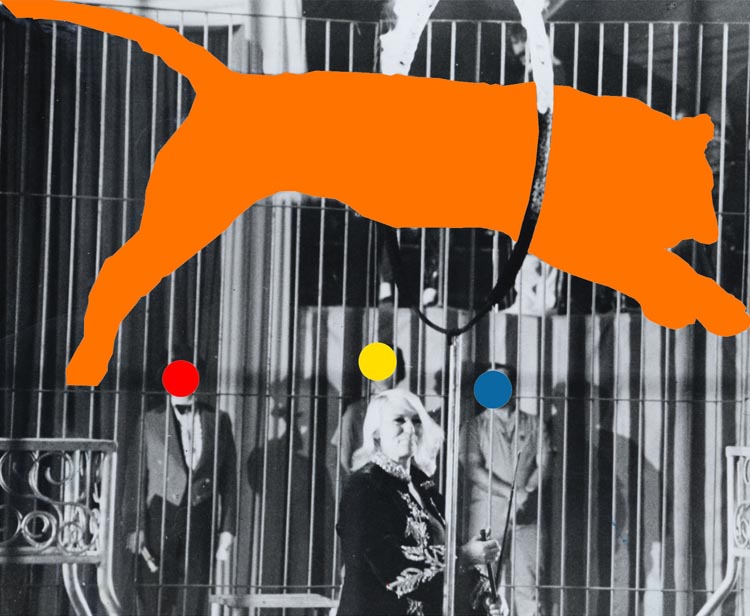Bridge 1: Inquiry – Denotation + Deconstruction
Set: 1.22
Due: first 7 images = due 1.29.
Final image = due 2.5.
________________________________________________________________
Project: 7 days of responding to your collected images of Visual Culture based on one or more themes discussed in class (on class resource site).
GOAL: to begin questioning one’s chosen theme via a wide variety (online, the external world of museums, galleries or elsewhere) of research methods.
PICK A THEME AND EXPLORE IT THROUGH THE FOLLOWING ASSIGNMENT/AND SEMESTER
Identity (branding, personhood, heritage, emotion)
Gender (sex, androgyny, LGBTQX, oppression)
Race (immigration, oppression, bias)
Class (income, wealth and disparity, economics, worker rights)
Environment (climate change, sustainability, urban planning)
Part I – 7 images (due 1.29): Formal Elements & Principles
- Over the week research and find 7 images based on your theme and your evolving definition of visual culture. 3 of those images must come from online research, 2 images from the “streets” of NYC, and 2 images from MoMA.
- Highlight and / or circle as many of the formal elements and principles of art/design you can find on each image. (for seminar students will highlight narrative components)
Part II (due 2.5): What If?
- A.
- In class: take one of the 7 images you found (for Part I) and have someone in your group do the “what if” exercise considering a. the materiality, b. the content, c. the source. Make sure to answer the “what if” questions.
- EXERCISE: Ask a series of “what if” questions regarding it’s…
- 1. materiality: for example, if the image you chose is a drawing what happens if it’s changed to a gif, a painting, a video (and what would it look like?).
- 2. question the image’s content: for example, the narrative, story, reference to art history, etc., i.e., what if the characters were from a different economic bracket? (Example: how might the image/artwork/object change if it was for a different economic bracket than the original?)
- 3. and, finally, question the source: for example, if the image originally came to you via your smartphone or laptop what would happen if you came upon it being acted out on the street by performers? What would that look like? Would that change the meaning based on how you experienced it? How so?
B.
- Next, find one new image to further refine your research and email your partner the image so they can ask “what if” questions. You may also want to ask your own “what if” questions. Based on the investigative “what if” questions, create a new visual response through a different media (for example, if it’s a film still, use drawing (if you replicate the film still and alter it make sure to change the scale so it’s not only a tracing from your laptop), or, gather some friends and re-create it using homemade costumes and turn it into a photograph…or a gif). Ask yourself, what might the content have looked like immediately prior to the finished image/object/artwork? How might it have looked immediately after it was created/produced?
Required for the entire project: an LP post documenting your process
Learning Outcomes:
1) Demonstrate continued development of outcomes from Integrative Studio and Seminar 1, including a capacity to bring writing and making together through critical thought, and work iteratively.
3) Demonstrate an ability to utilize online tools individually and collaboratively in order to collect, organize and communicate research.
5) Demonstrate reflection on creative skills learned, choices made, and connections fostered, through the ongoing documentation and archiving of assignments in the learning portfolio. Students will use the portfolio to demonstrate an engagement with the idea of making as a form of thinking.
6) Engage with art and design as a generator, embodiment and transmitter of cultural ideas. Demonstrate an understanding of value systems as social constructs.
